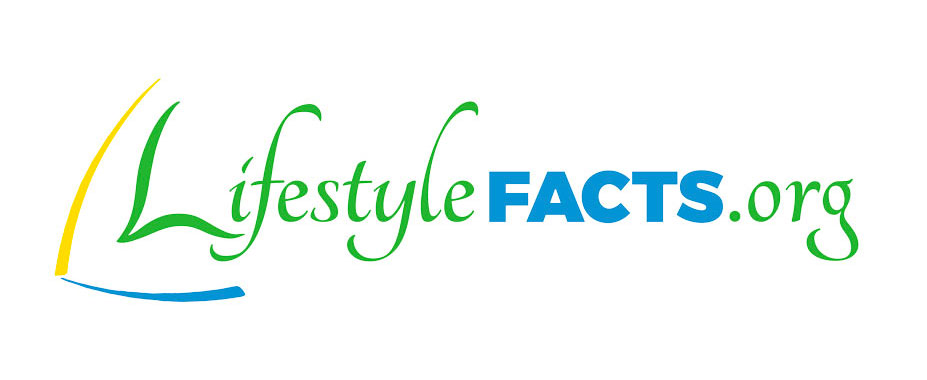By Eddie Phillips, MD
Hi. I’m Dr. Eddie Phillips. I’m a physician specializing in lifestyle medicine and board certified in Physical Medicine and Rehabilitation.
When it comes to all-around fitness, you should focus on five categories of activities.—
Generally, they key to fitness is a combination of aerobic activities, strength training, flexibility, balance exercises and relaxation methods.
Aerobic activities are also called cardio or endurance exercises. They burn calories and reduce unwanted fat.
These activities include walking, biking, running and swimming which use large muscles. They temporarily boost your heart rate and breathing, which improves your cardiovascular endurance.
You get the most aerobic benefits out of these activities at a moderate intensity level. Your goal should be least 150 minutes of this level exercise per week.
Strength training is also called resistance training. This is when you use weight machines, free weights and devices like resistance bands or tubes.
This type of training protects against bone loss and builds muscle. Frequent, challenging strength training enhances the ability of your nervous system to activate your muscles. Even if you end up not building bigger muscles, you’ll be toning them for a fitter appearance and better health.
Two weight sessions a week is best. And it’s very important to let your muscles recover for 48 hours between sessions to prevent injuries.
Flexibility exercises include stretching, yoga and Pilates. These actually reverse the shortening and stiffening of muscles as you age. Shorter and stiffer muscle fibers increase your chance of injuries, contribute to back pain and cause balance problems.
So flexibility exercises stretch the elastic fibers surrounding muscles and tendons to keep them in good shape. Increased blood flow makes your muscles more limber.
Always stretch after your muscles are warmed up from easy starting exercises or as part of a post-workout routine. Try to do flexibility exercises two to three times a week. When stretching, hold those stretches for 10 to 30 seconds and repeat each stretch four times.
Balance exercises are especially important as we age. Your balance also can be affected by medical conditions, medications, vision issues and low flexibility. It’s important to keep your balance up to par.
Activities that build balance include tai chi, yoga, Pilates and exercises that use balance equipment. It’s a good idea to work on your balance two to seven days a week, depending upon your age, physical condition, workout goals and advice from your physician.
Activities that are too often ignored as a part of fitness programs are relaxation exercises. They can be a key to stress reduction, which offers important health benefits.
Mindful or relaxing walks, stretching, Yoga and other activities that let you clear your mind and reduce feelings of stress. So include a daily dose of relaxation activities in your fitness routine.
If you design a fitness plan that includes a combination of aerobic activities, strength training, flexibility builders, balance exercises and relaxation, you’ll be taking an important step toward good health and a higher quality of life.
Workout Workbook: 9 Complete Workouts to Help You Get Fit and Healthy. Harvard Health Publications, Gardiner J., Prouty J., Bean, J. (2014). Harvard Medical School Special Health Reports.
Core Exercises: 6 Workouts to Tighten Your Abs, Strengthen Your Back, and Improve Balance. Harvard Health Publications, Phillips EM, Allison KC, Greenfield H, Leighton S. (2013). Harvard Medical School Special Health Reports.
The No Sweat Exercise Plan: Lose Weight, Get Healthy, and Live Longer. Simon, Harvey B. McGraw-Hill, 2006.





